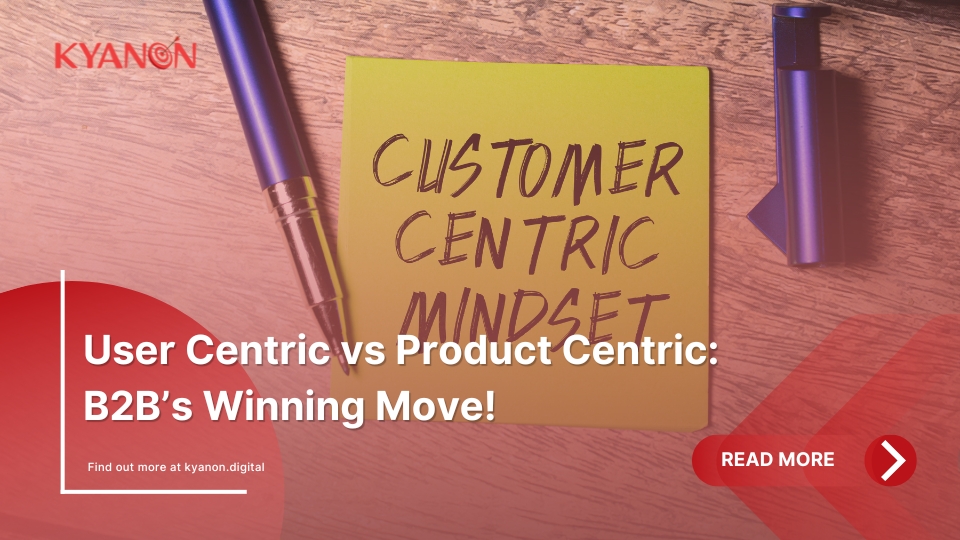User centric strategies drive success for businesses aiming to make an impact. In the B2B world, where companies work directly with each other, strong relationships fuel real results. With long sales cycles and complex decisions, focusing on user needs is key to standing out.
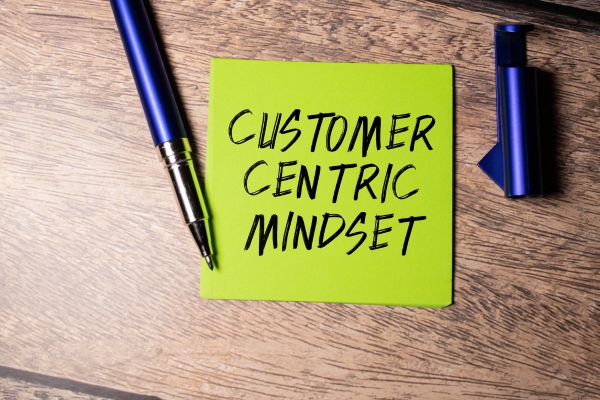
Prioritizing what users need is essential. Research from PwC reveals that 73% of customers value experience as an important factor in their purchasing decisions, and businesses that focus on client needs see higher loyalty and retention.
By listening closely to clients’ needs and desires, businesses can turn customers into loyal advocates and significantly boost their sales. It’s all about making your users feel valued and understood—this is the winning play that drives growth!
In this blog, we’re diving into the thrilling clash between user centric and product centric strategies. We’ll help you choose the best game plan to elevate your operations. Packed with actionable insights, this guide is your playbook for thriving in today’s competitive landscape!
1. The User Centric Strategy: Your Ace in the B2B Game
A user centric approach in B2B means putting your clients at the heart of your strategy. Instead of focusing only on the product, businesses tailor solutions around their clients’ unique needs, goals, and challenges. This strategy allows B2B companies to create value, strengthen relationships, and increase customer loyalty.

With the user centric approach, businesses don’t just sell a product; they provide a tailored solution that addresses real needs. By actively listening and adapting to client feedback, companies can refine their services and stay relevant. For B2B companies, going user centric isn’t just a strategy—it’s the pathway to building a lasting impact in today’s competitive landscape.
2. Product Centric Focus: Driving or Draining Your B2B Strategy?
In B2B, a product centric approach prioritizes developing and promoting specific product features, focusing on innovation and functionality over customer needs. While this strategy often leads to high-quality products, it also carries risks, especially when companies focus too narrowly on features without fully considering their clients’ unique challenges or goals.
A product centric mindset can create a disconnect between what a business offers and what users truly need. This gap can lead to missed opportunities for deeper client relationships and limit a brand’s adaptability in a constantly evolving market.
For instance, some tech companies in B2B once solely promoted new software features but found that clients weren’t interested unless those features directly addressed specific pain points like security or efficiency.
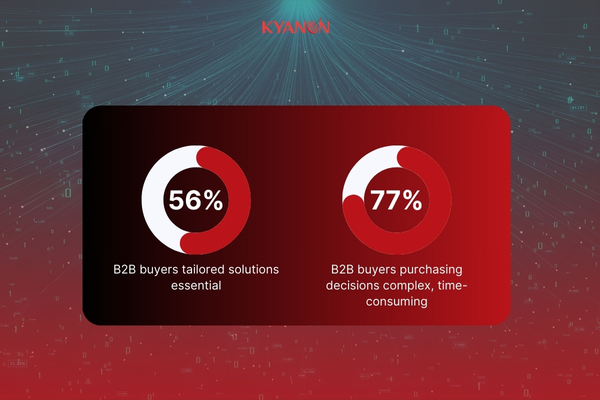
Today’s clients want solutions, not just features. Research from Gartner shows that 77% of B2B buyers find their purchasing decisions more complex and time-consuming. Even more telling, 56% of these buyers say that tailored solutions are key to their choices. When businesses prioritize product features over user needs, they risk losing out to competitors who offer personalized experiences. In the fast-paced B2B game, it’s clear that just having a product-centric mindset can leave companies behind.
3. Comparative Analysis: User Centric vs. Product Centric Strategies
When choosing a strategy in the B2B world, businesses often face a crucial decision: should they focus on the user or the product? Let’s explore how these two approaches compare and what that means for success.
3.1. User Centric Approach: Putting Clients First
The user centric strategy revolves around understanding and meeting client needs. This approach prioritizes creating tailored experiences that resonate with users. Companies like Salesforce shine in this area. By using data to customize their CRM solutions, they ensure that their clients feel heard and valued. As a result, they build lasting relationships and enjoy strong customer loyalty.
3.2. Product Centric Approach: Features Take Center Stage
In contrast, a product centric approach zeroes in on the product’s features and specifications. Think of Nokia in the early 2000s. They focused heavily on hardware quality and lost sight of what customers wanted in a smartphone—an easy-to-use interface and innovative apps. This narrow focus eventually led to their decline as users flocked to competitors who prioritized their needs over product specs.
3.3. Feature Comparison: User Needs vs. Product Features
Here’s a quick comparison of the two approaches:
Feature |
User Centric Approach |
Product Centric Approach |
| Focus |
Customer needs and experience |
Product features and specifications |
| Customization | High: tailored solutions | Low: one-size-fits-all products |
| Customer Relationship | Strong, lasting relationships | Often transactional and short-term |
| Feedback Loop | Continuous: adjusts based on user input | Limited: relies on product reviews |
|
Market Adaptability |
High: responds quickly to changing needs | Low: slow to pivot in response to trends |
Short-Term vs. Long-Term Success
In the short term, product-centric strategies may attract attention with flashy features, but they often struggle to build lasting customer loyalty. According to Deloitte and Touche, customer centric companies are 60% more profitable than those lacking a similar focus.
This underscores the importance of user centric strategies, which foster deeper connections and drive repeat business. By prioritizing client needs, businesses can ensure long-term success and profitability in a competitive landscape.
So what is the winning strategy?
In a competitive landscape, businesses need to weigh their options carefully. While both strategies have merits, the evidence strongly supports user centric approaches for long-term success.
By putting clients first, companies not only outperform their rivals but also create loyal customers who become advocates for their brand. As you navigate your strategy, remember: that focusing on users is the key to winning the game!
4. Kyanon Digital’s Playbook: User Centric Success Stories in B2B
User centricity isn’t just a buzzword; At Kyanon Digital, we believe user centricity is the key to B2B success. Here, we showcase real-world case studies that demonstrate how focusing on user needs drives growth and transforms businesses.
4.1. Sunway eMall Malaysia – A User Centric E-commerce Transformation
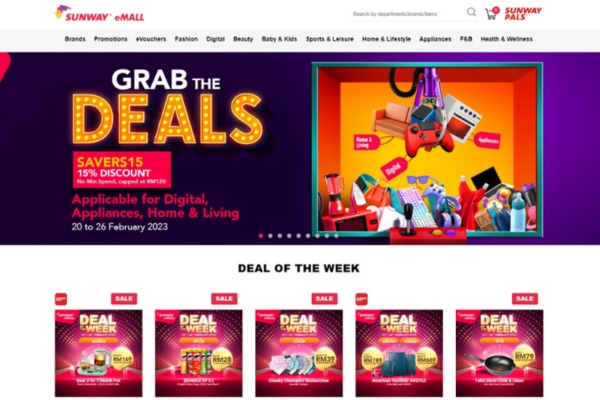
Sunway eMall, part of Sunway Group, aims to provide a seamless Online-to-Offline (O2O) shopping experience. As the demand for user-friendly platforms in the e-commerce industry continues to grow, Sunway eMall recognized the need to enhance its services.
The Challenge: Sunway eMall needed to integrate various third-party services for smooth online and in-store purchases, offering options like In-Store Collection and Home Delivery.
Kyanon Digital’s Solutions:
- Integrating Services: Connected payment gateways, membership programs, logistics, and insurance for a smooth customer journey.
- Improving UX/UI: Updated the user experience and interface using the latest technologies to stay competitive.
- Encouraging Innovation: Continuously generated ideas to boost eMall growth and customer loyalty.
Outcomes:
- Increased Traffic and Sales: The platform drove significant traffic, leading to higher sales.
- Enhanced Customer Loyalty: A user centric focus fostered loyalty, encouraging repeat purchases.
- Gained Competitive Edge: Advanced integrations and innovation kept Sunway eMall ahead of competitors.
The Sunway eMall case shows that prioritizing user needs is crucial for e-commerce success. By focusing on a user centric approach, Sunway created an engaging shopping experience that boosts sales and builds loyalty. This success highlights the importance of understanding and meeting customer needs in today’s retail landscape.
4.2. Our Better World: A User Centric Digital Transformation by Kyanon Digital
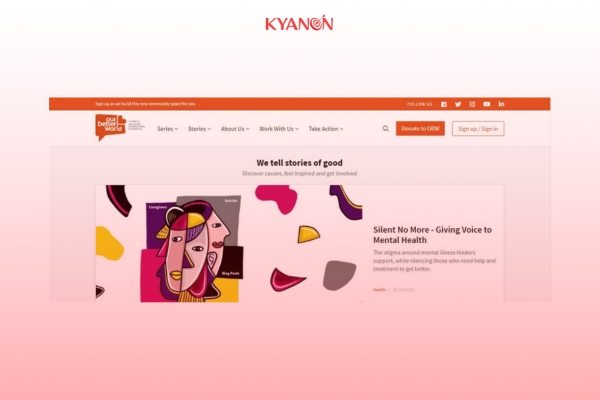
Our Better World (OBW) is a digital storytelling initiative by the Singapore International Foundation that connects communities to inspire good deeds. They share stories of individuals making a difference across Asia.
The Challenge: OBW faced several challenges with its existing website, which hindered its mission to share impactful stories effectively. Key issues included:
- Inefficient story management processes.
- Suboptimal mobile user experience.
- Lack of integration with essential third-party services for donations and support.
- Limited SEO capabilities to enhance content visibility.
Kyanon Digital’s Solutions: Kyanon Digital partnered with OBW to develop a user centric platform using Drupal. Our solutions included:
- Implementing integrated workflow management to streamline the story production process.
- Designing a responsive mobile experience to engage users on all devices.
- Ensuring SEO best practices were in place for better content discoverability.
- Seamlessly integrating with services like Stripe and PayPal for smooth donation processes.
Outcomes: The new platform transformed OBW’s approach to storytelling, leading to:
- Enhanced user engagement through improved accessibility and functionality.
- Increased community involvement as users easily discover and support meaningful stories.
- A solid foundation for future growth and digital transformation.
Kyanon Digital’s user centric solutions significantly impacted Our Better World, empowering them to connect with their audience and fulfill their mission more effectively. This case highlights the importance of prioritizing user needs in digital initiatives, ultimately driving positive change in the community.
4.3. Air Tahiti Nui – A User Centric Mobile Experience Transformation
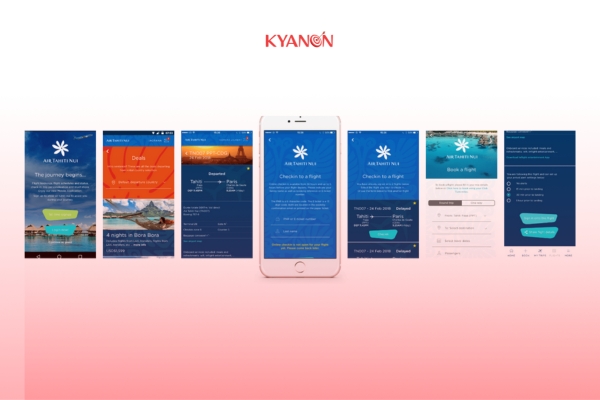
Air Tahiti Nui is the national airline of French Polynesia, based in Papeete, Tahiti. It operates a modern fleet of Boeing 787-9s and connects travelers to key destinations like Paris, Los Angeles, and Auckland.
The Situation: With travelers increasingly favoring digital and mobile experiences, Air Tahiti Nui needed to enhance its services. The goal was to create a mobile app that offers convenience and improves the overall travel experience.
Kyanon Digital’s Solutions: Kyanon Digital developed a user-friendly mobile app for Air Tahiti Nui, which includes features that allow customers to:
- Purchase tickets
- Plan their itineraries
- Prepare for journeys
- Manage past flights
The app emphasizes security and stability, ensuring customer data is protected while providing a smooth user experience.
Outcomes: The new mobile app significantly advanced Air Tahiti Nui’s digital transformation. It not only enhanced convenience for customers but also solidified the airline’s commitment to a user centric approach, making travel easier and more enjoyable.
By focusing on user needs through a mobile app, Air Tahiti Nui improved customer engagement and satisfaction. This initiative reflects Kyanon Digital’s commitment to helping businesses thrive in a digital-first world.
4.4. The User Centric Advantage: Insights from Kyanon’s Playbook
User centricity isn’t just a strategy; it’s the heartbeat of successful B2B. When businesses put users at the center, magic happens:
- Building Bridges: Creating genuine connections transforms transactions into relationships.
- Boosting Sales: A smooth, enjoyable experience turns casual browsers into loyal buyers.
- Staying Ahead: Embracing innovation keeps you one step ahead of the competition.
- Fueling Growth: Listening to user feedback paves the way for sustainable success.
In essence, making users the focus isn’t just smart; it’s a game changer. Let’s turn the spotlight on them and watch our businesses flourish!
5. Game On: Winning User Centric Tips for B2B
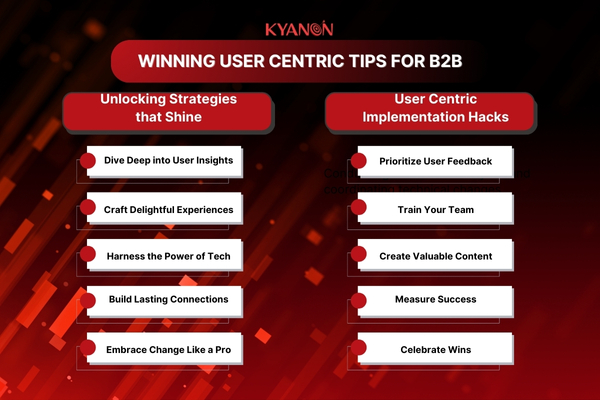
5.1. Unlocking Strategies that Shine
In the fast-paced B2B landscape, putting users at the heart of your strategy can set you apart from the competition. Here are some creative strategies to help you shift your focus from products to users and drive success:
- Dive Deep into User Insights: Create detailed user personas and leverage focus groups and social media to uncover preferences and pain points.
- Craft Delightful Experiences: Design engaging, intuitive interfaces that make navigation a breeze, guiding users effortlessly to what they need.
- Harness the Power of Tech: Utilize CRM systems for personalized insights, deploy chatbots for instant support, and analyze data to anticipate user needs.
- Build Lasting Connections: Personalize communications with regular check-ins and foster trust through tailored interactions and feedback loops.
- Embrace Change Like a Pro: Stay flexible and innovative by regularly assessing user feedback and adapting to evolving needs and market trends.
5.2. User Centric Implementation Hacks
- Prioritize User Feedback: Actively seek and respond to feedback. Show users you value their input by implementing their suggestions.
- Train Your Team: Ensure everyone understands user centricity. Provide training on customer service and user experience best practices.
- Create Valuable Content: Share informative content that tackles user challenges. Position your brand as a trusted industry resource.
- Measure Success: Use key performance indicators (KPIs) to track your initiatives. Monitor customer satisfaction, retention rates, and engagement levels.
- Celebrate Wins: Recognize milestones in your user centric journey. Sharing success stories builds a culture focused on user needs.
To Wrap Up
User centricity is the winning strategy in the B2B game today. When businesses focus on what users really want, they score big with products and services that resonate. Understanding user behavior is like reading the playbook; it helps build strong relationships that lead to loyalty and repeat business.
In this competitive arena, putting users at the heart of your strategy is your game-changer for long-term growth. At Kyanon Digital, we’re your MVPs, helping you pivot to a user centric approach that boosts satisfaction and elevates your business performance.
Don’t let your business get left behind. Contact Kyanon Digital today and discover how we can help you become the real MVP in the B2B arena!
